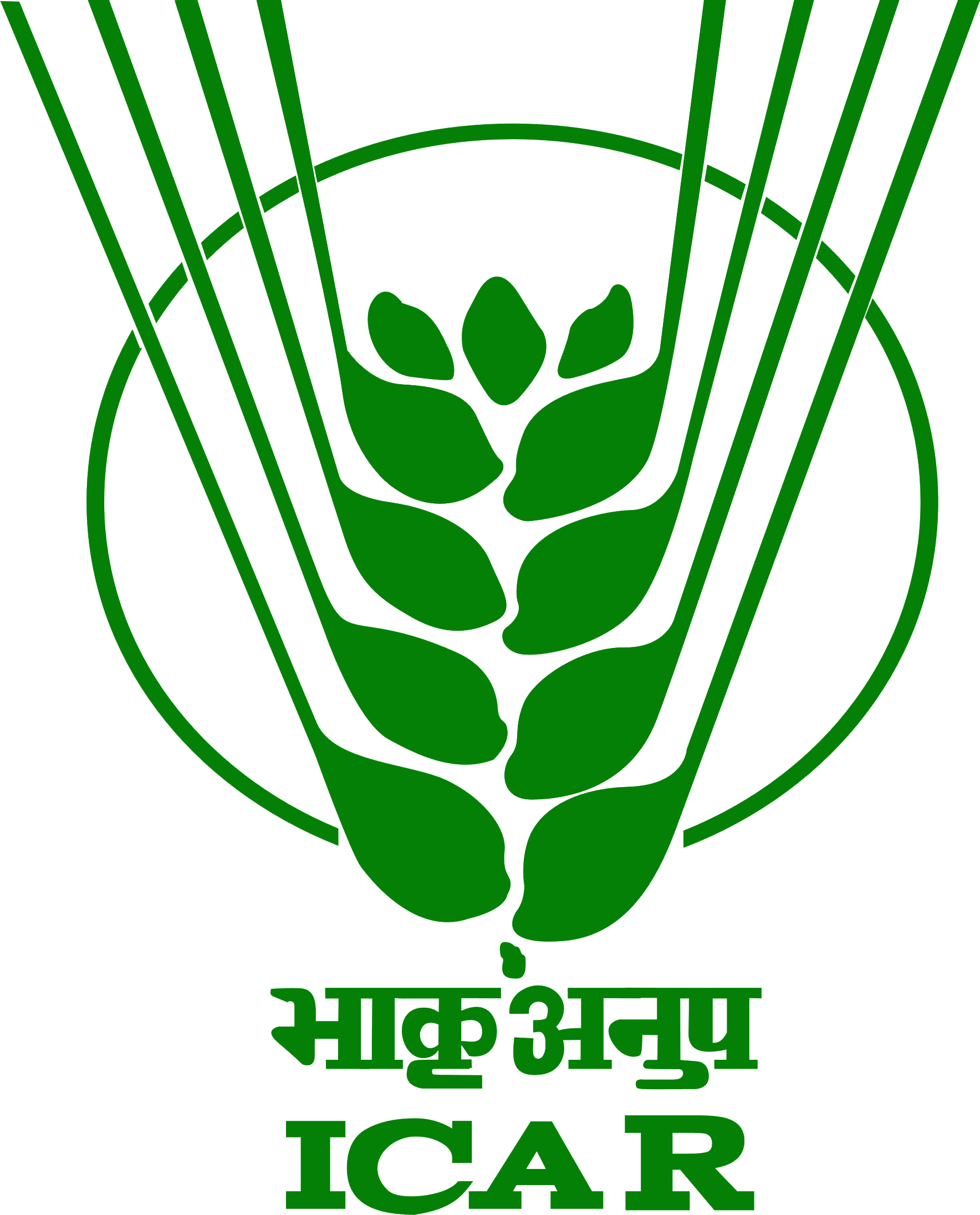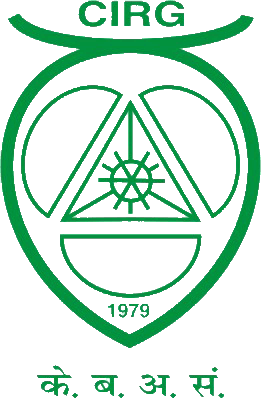



Select Language
|
 |
 |
All India Coordinated Research Project on Goat Improvement |
 |

|
|
Sirohi Unit, CSWRI, Avikanagar, Rajasthan Principal Investigator
Activity assigned and targets fixed for each activity during the period
Activity carried out during the periodThe experiment of Unit is based on closed herd population of Sirohi goats maintained under semi-intensive system of management. Performance recording, genetic selection to bring improvement in Sirohi goat for meat and milk production has been carried out. Sale of superior Sirohi goat germplasm to the farmers/NGO/Govt organizations were made for genetic improvement of their goats in the field flock. The detail achievement is narrated below.
Table 1(A) : Flock Statistics of Sirohi goats (2010–14)
Population growthConsidering the initial adult does the growth of the population is recorded to be 81.75%. Table 2: Population Growth (%) period (2013-14)
Population growth %=(( B-D)/ A) X 100 Body weight/growth The body weights of kids at different ages have been presented in Table 3.3. The overall body weight at birth, 3, 6, 9 and 12 months of age was 2.46±0.03, 13.72±0.19, 18.00±0.29, 21.83±0.53 and 26.32±0.51 kg, respectively. Period (year) had significant effect on body weight at different age groups. Season of kidding had significant effect on body weight. Male and single born kids were significantly heavier over females and multiple born kids. The heritability of body weight at birth was moderate to high as at other different ages was found to be higher. The genetic correlation among 3, 6, 9 and 12 month was high and positive. The phenotypic correlation coefficients of birth weight with 3, 6 and 12 months of body weight were also positive (Table 4). Table: 3 Least Squares Mean of Body Weight Growth (Kg) in Sirohi Goat
Table: 4 Heritability (Diagonals) Genetic (Below Diagonals) And Phenotypic (Above Diagonals) Correlations for Body Weight in Sirohi Goats
Body Measurements The biometrics dimensions of Sirohi goats at different ages and sex have been estimated. At 12 month of age the Body Height, Body Length, and Heart Girth in males were 68.11±1.01 cm, 62.44±1.14 cm and 68.55±1.02 cm and females were 66.25±1.00 cm, 60.55.±1.13 cm and 66.71±1.01 cm, respectively. Lactation Performance The overall mean for 90, 150 days milk yield and total lactational yield was 72.08±2.79, 104.29±3.49 and 104.60±3.45 lit., respectively (Table 5). Year of kidding affected the 90, 150 days and lactation milk yield. The overall lactation length was 151.11± 0.37 days. The production performance in terms of 90, 150 days milk yield and total lactation yield improved over years. Doe kidded during November – February, had significant higher milk yield as compared to doe kidded during other seasons. The lactation order played a significant role in milk yield. The heritability of 90 days and total lactation milk yield was found to be higher. The phenotypic correlation between 90 days yield and lactation length was high and positive. The genetic association between 90 days milk yield and lactation yield was positive. Table 5: Lactational Performance of Sirohi Goats
Selection Differential Reproductive Performance Health Control Measures Total 1250 and 600 animals were vaccinated against Enterotoxaemia and PPR during report year. Total 2145 and 2840 animals were covered under treatment to control the endo and ecto-parasitic infestation, respectively. A total of 949 animals were treated for different diseases. Even after regular deworming of the registered animals, Enteritis was encountered as a major disease affecting the goats during the report period, followed by pneumonia. The overall mortality was 1.97%. Practical Utility
It is of great help for farmers who don’t have their own breeding bucks. The farmers are assured of good breeding bucks. Gaps/constraints/shortfalls/excess and reasons thereof, if any1. Shortage of scientific, technical and administrative staff in the project. PC’s evaluation: Very Good (A); Good (B); poor (C) Future programme identifying the activities, timeline and targets for each of the activityIn XII plan the unit is to work with two KVK’s in the home tract of the breed for technology validation, impact evaluation, grading up and brining genetic improvement in farmers flock. Necessary fund required for this purpose can be utilized from allocated fund to this Unit.
RemarksThe performance of goats has gone down in the year of report. Therefore rated as B. | |||||||||||||||||||||||||||||||||||||||||||||||||||||||||||||||||||||||||||||||||||||||||||||||||||||||||||||||||||||||||||||||||||||||||||||||||||||||||||||||||||||||||||||||||||||||||||||||||
All India Coordinated Research Project on Goat Improvement Copyright © 2017 PC Unit, ICAR - CIRG, All rights reserved |
Visitor number: 49797 Developed by Shantanu Singh
Last Modified: 07 Apr 2019 |